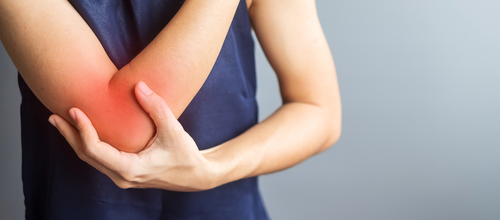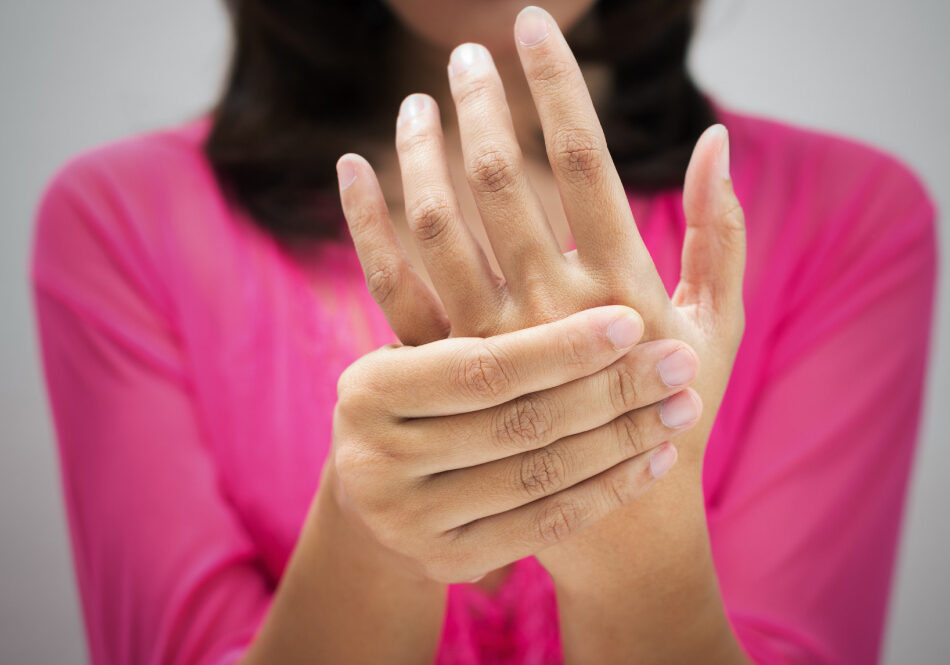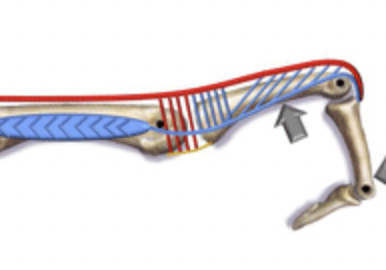Sensory Processing in People With and Without Tendinopathy
Filed under Reviews
Emilee Sanders, OTS
Sensory Processing in People With and Without Tendinopathy: A Systematic Review With Meta-analysis of Local, Regional, and Remote Sites in Upper- and Lower-Limb Conditions
Rio, E, Sandler, J., Cheng, K., Moseley, G. L., Cook, J., & Girdwood, M. (2021) Sensory processing in people with and without tendinopathy: A systematic review with meta-analysis of local, regional, and remote sites in upper-and lower-limb conditions. The Journal Orthopaedic and Sports Physical Therapy, 51 (1) 12-26.
The Skinny:The study’s goal was to see if sensory processing was altered in people with tendinopathy compared to people without tendinopathy. It also aimed to see if sensory processing in tendinopathy is different in the upper limb versus the lower limb.
In the Weeds:
- Eligibility criteria: This literature review included 30 studies with people 18 years and older with any specifically diagnosed tendinopathy which had lasted longer than six weeks and without other musculoskeletal conditions.
- Outcome measures: Studies with sensory processing measures were included, specifically pressure pain threshold [PPT], proprioception, tactile discrimination; however, no senses were excluded.
- Study design: Studies included randomized control trials and nonrandomized control trials that compared tendinopathy with a pain free control group while using a sensory processing measure.
- Methodological Quality Assessment: The researchers adapted a quality assessment tool to assess studies in four areas: reporting bias, bias in measurement of outcomes, bias in selection of participants, and bias from confounding.
- Five or more studies had strong evidence
- Three or more studies had moderate evidence, and at least two were at low risk of bias
- Three studies had limited evidence
- One study had insufficient evidence
- One study had no evidence due to critical risk of bias
- Two or more studies had conflicting evidence due to significant heterogeneity
Bringing it home:
Researchers found moderate evidence supporting that lateral elbow tendinopathy had more sensitivity significantly in local and regional sites, and remote sites were not significantly more sensitive. For the lower limb, researchers found limited evidence that there is no difference in local PPT in affected lower limbs.

Rating (0-5 rating scale):
2/5- This study has limited evidence and covers multiple topics. It is helpful to consider that patients with upper limb conditions may need sensory processing interventions (specifically for pain pressure threshold and central sensitization) in comparison to patients with lower limb conditions and that the upper limb is more sensitive in body parts at/near tendinopathy vs without. However, more rigorous studies need to be done to be considered fully evidence-based due to many limitations in studies, such as upper limb vs lower limb studies that did not report if the group had tendon pathology, which can affect sensory processing.
More To Read
Comparing IP and MCP joint splinting for Trigger Finger
Teo, S. H., Ng D. C., Wong, Y.K.(2018). Effectiveness of proximal interphalangeal joint blocking orthosis vs metacarpophalangeal joint blocking orthosis in trigger digit: A randomized clinical trial. Journal of Hand Therapy, 1-7. The Skinny- This study compared PIP joint immobilization via an Oval-8TM with a custom MCP blocking orthosis in the treatment of trigger finger. …
Read MoreINTEROSSEOUS MUSCLE TIGHTNESS TESTING
May 2012 No. 19 INTEROSSEOUS MUSCLE TIGHTNESS TESTING Judy Colditz, OT/L, CHT, FAOTA INTEROSSEOUS MUSCLE TIGHTNESS TESTING – ARE YOU DOING IT CORRECTLY? The common term “Intrinsic Tightness Testing” is a misnomer as it describes a maneuver specifically designed to test tightness of the interosseous muscles. The interosseous muscles are small, short-fibered muscles contained within…
Read More10 Tips for Effective Learning for the CHT Exam
Learning to study effectively for the CHT exam is an essential first step to take while studying. We all learn and process information differently but implementing some strategies can lead to more effective learning and save countless hours. People always ask how many hours they should study per week. Unfortunately, there is no simple answer…
Read MoreSign-up to Get Updates Straight to Your Inbox!
Sign up with us and we will send you regular blog posts on everything hand therapy, notices every time we upload new videos and tutorials, along with handout, protocols, and other useful information.





